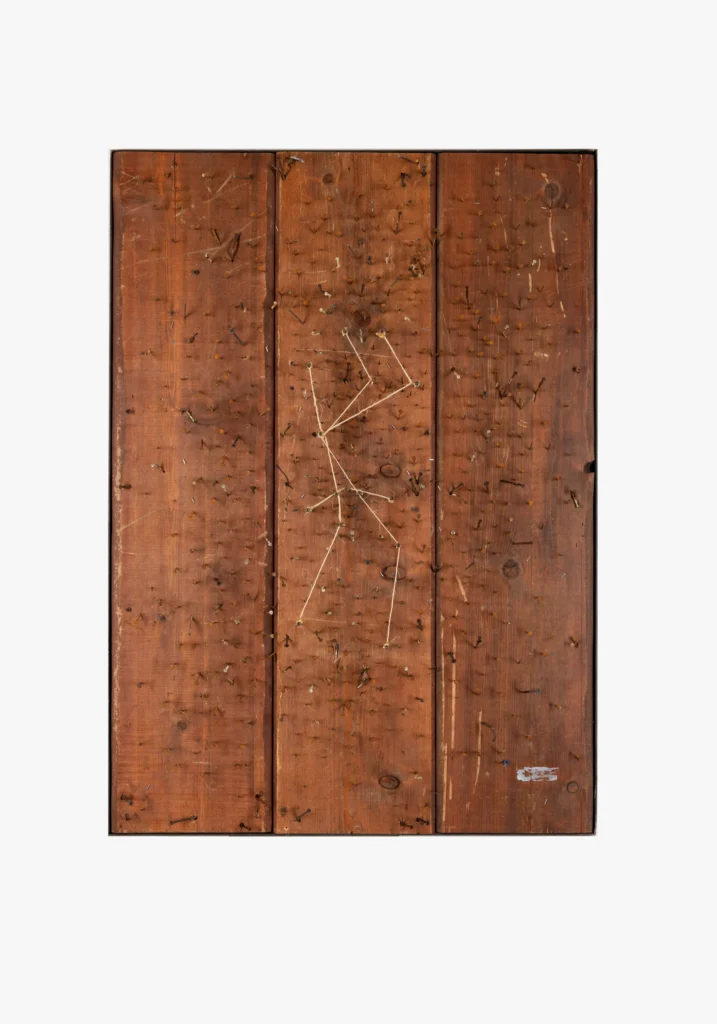ReSOURCE
Artists

Faheem Majeed
Faheem Majeed (b. 1976) is an artist, curator, educator, and non-profit administrator whose work focuses on institutional critique and centers collaboration as a tool to engage communities in meaningful dialogue. He received his BFA from Howard University and an MFA from the University of Illinois Chicago, where he is currently an Assistant Professor of Art. He is the recipient of the Field and MacArthur Foundation’s Leaders for a New Chicago Award, the Joyce Foundation Award, and the Joan Mitchell Painters and Sculptors Grant, and has been recognized as a Harpo Foundation Awardee. Majeed served as the Executive Director of the South Side Community Art Center from 2005 to 2011 and currently serves as the Co-Director and Founder of the Floating Museum, an arts collective and non-profit that creates new models to explore relationships between art, community, architecture, and public institutions. His work has been exhibited at the Museum of Contemporary Art Chicago, Centre Pompidou, Highline, and the Hyde Park Art Center. Majeed’s sculpture highlights marginalized objects, histories, people, and places into powerful narratives that challenge and recontextualize their value, fostering dialogue and broader social change.
Using one of the detached New Bauhaus mobile wall panels from the SSCAC’s Margaret Burroughs Gallery, Majeed created an Afrofuturist Observatory. This work will also be on display November-January at the Pilsen art space Watershed Art and Ecology in a linked exhibition, Legacies and Roots, curated by LaMar Gayles.


